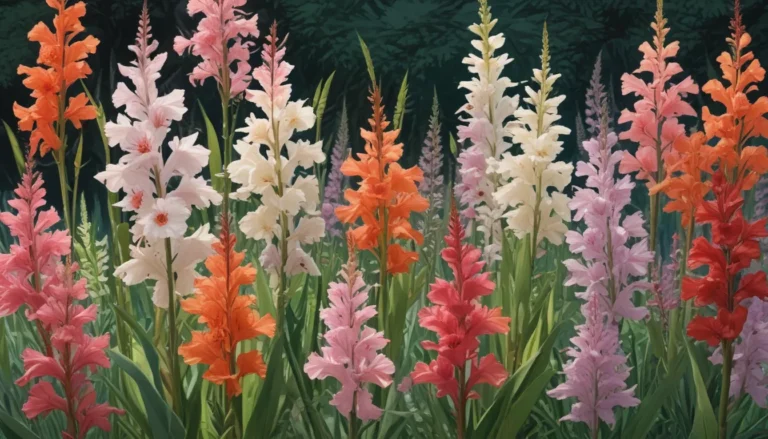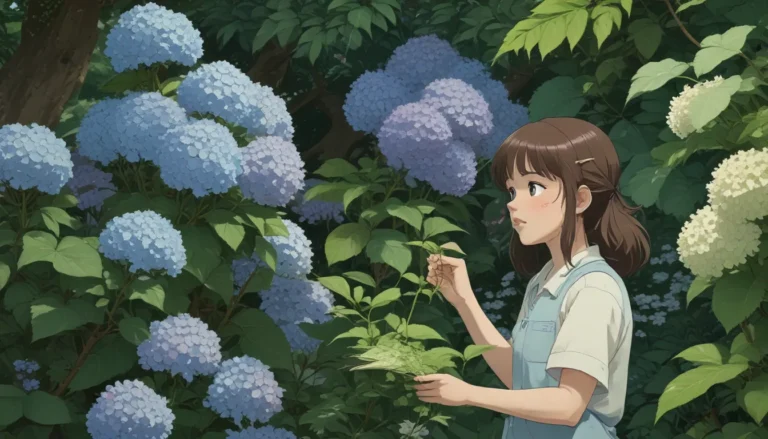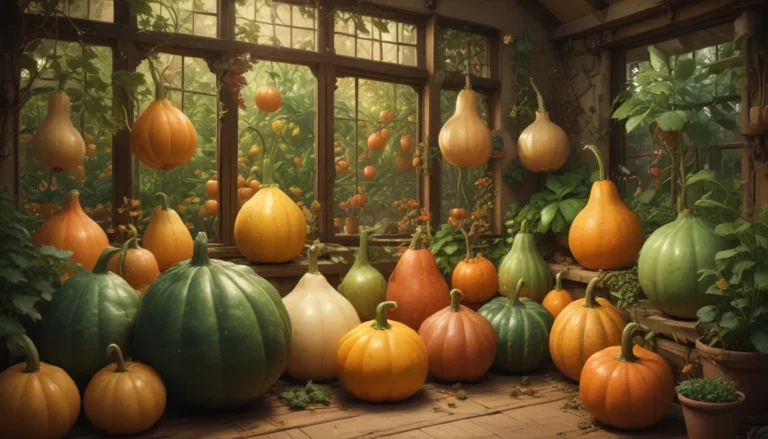Mastering Bee Balm Propagation: A Comprehensive Guide

If you’re a fan of the beautiful and vibrant bee balm plant, you’re in luck! Propagating bee balm (Monarda spp.) is a straightforward process that allows you to expand your garden with ease. In this guide, we’ll explore three different methods to propagate bee balm – through division, seeds, and stem cuttings.
Why Propagate Bee Balm?
With its stunning long-blooming flowers and tendency to attract pollinators, spreading bee balm in your garden is a rewarding experience. Whether you want to rejuvenate older plants or share the beauty with friends and neighbors, propagating bee balm allows you to create new plants that retain the same characteristics as the parent plant.
Let’s dive into the three methods of propagating bee balm:
By Division
Dividing mature bee balm plants is a simple and effective way to propagate this charming herb. Here’s how you can do it:
- Start by digging up the roots and rhizomes of the plant in early spring when new shoots emerge.
- Divide the root clump into smaller clumps by tearing them apart or using a sharp garden knife.
- Ensure each divided clump has two to three shoots with an intact root system at least six inches in diameter.
- Remove any damaged stems, unhealthy foliage, or dead roots.
- Replant the new divisions immediately in moist soil, ensuring they have enough space to spread.
- Apply mulch to help retain moisture and prevent weed growth.
- Consider using a transplant fertilizer to boost the growth of the new plants.
From Seed
Growing bee balm from seeds is a simple process with good germination rates. Here’s how you can propagate bee balm from seeds:
- Harvest the seeds about two weeks after the flowers have finished blooming, ensuring the dead flower heads are dry.
- Sow the seeds just under the soil surface about 1/4 inch deep.
- Keep the soil evenly moist until the seeds germinate, which typically takes 10 to 40 days.
- Choose to plant the seeds in a cold frame, directly in the ground, or in flats in a warm indoor location.
- Water and maintain the planting area weed-free as the seedlings establish in their first season.
From Stem Cuttings
Using stem cuttings is ideal for propagating specific varieties of bee balm. Here’s how you can propagate bee balm from stem cuttings:
- Take cuttings from the tips of new growth in the spring, ensuring they are about six inches long.
- Dip the cut end of the cuttings in rooting hormone and plant them in pots filled with vermiculite or potting mix.
- Place the pots in a bottom-watering tray under a humidity dome or clear plastic bag to encourage root growth.
- Water the cuttings occasionally with hydrogen peroxide to prevent rotting.
- Once the cuttings have rooted, transplant them into their permanent position.
New Bee Balm Beginnings
Propagating bee balm is a fulfilling experience that allows you to share the beauty of this plant with others. Whether you choose to propagate through division, seeds, or stem cuttings, remember to provide ample space for the plants to thrive and spread.
By understanding the different propagation methods and following the recommended steps, you’ll be able to propagate bee balm successfully in your garden. Share your experience with propagating bee balm in the comments below and let us know how it went!
Ready to explore more gardening guides? Check out these articles for more tips:
- How to Propagate Angelica
- Into the Cloning Vats: Easily Propagating African Violets
- How to Propagate Hellebores
Remember, gardening is a journey filled with learning and growth. As you embark on your bee balm propagation adventure, enjoy the process and watch your garden flourish with new vibrant plants. Happy gardening!





